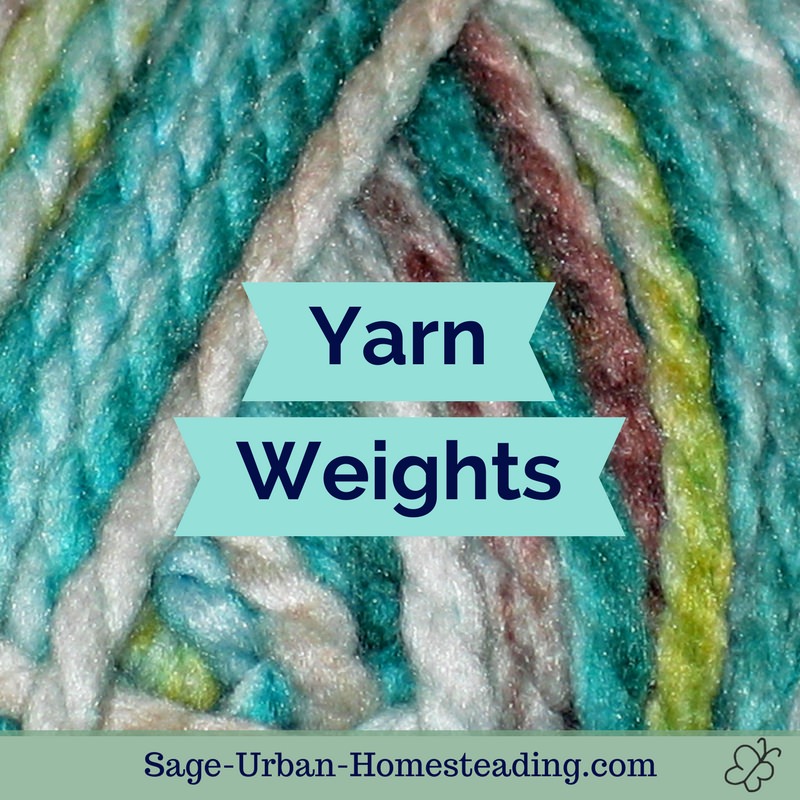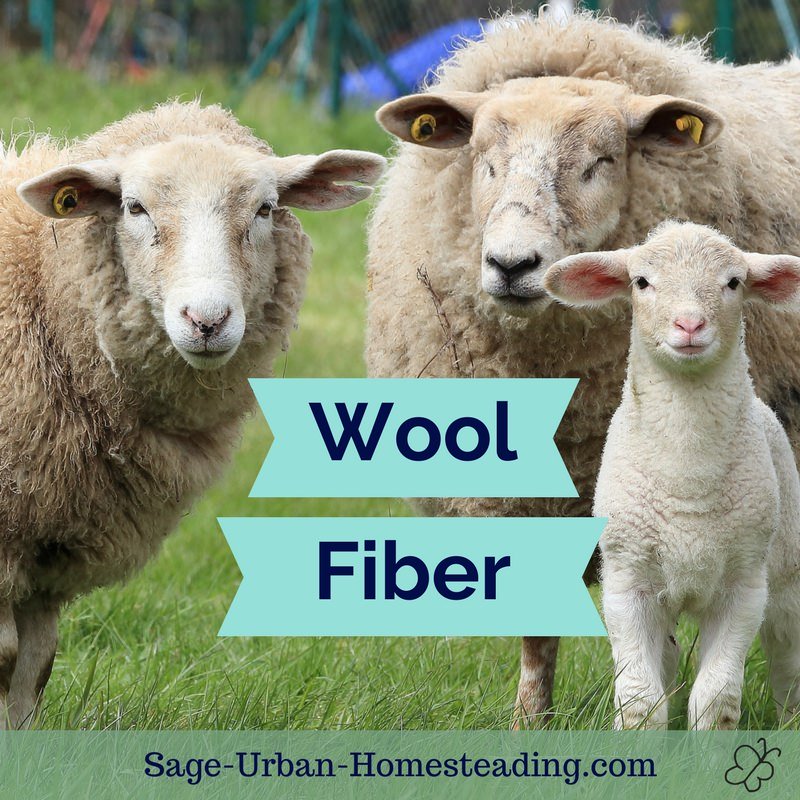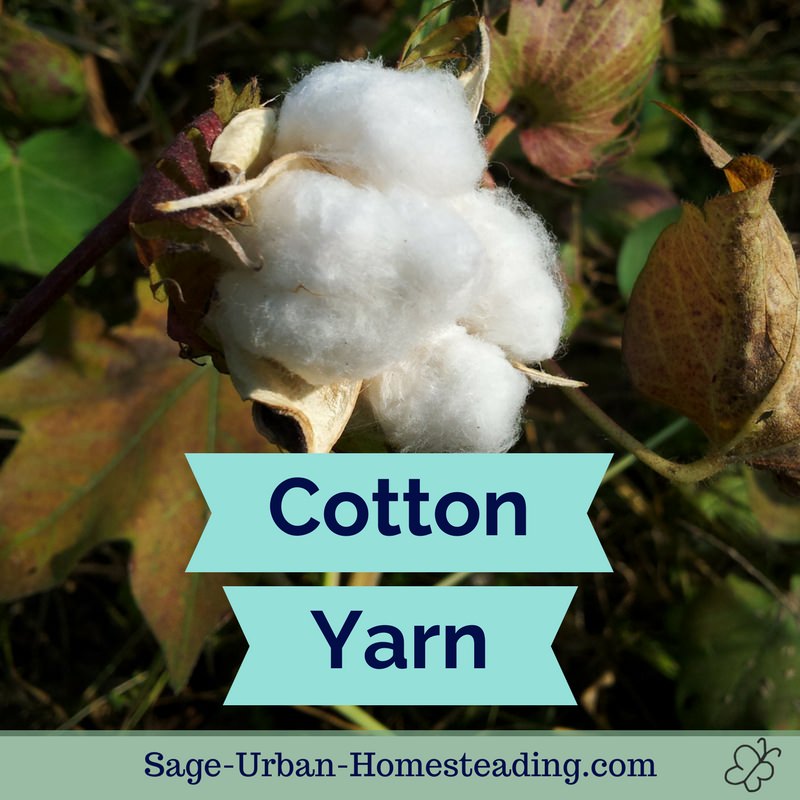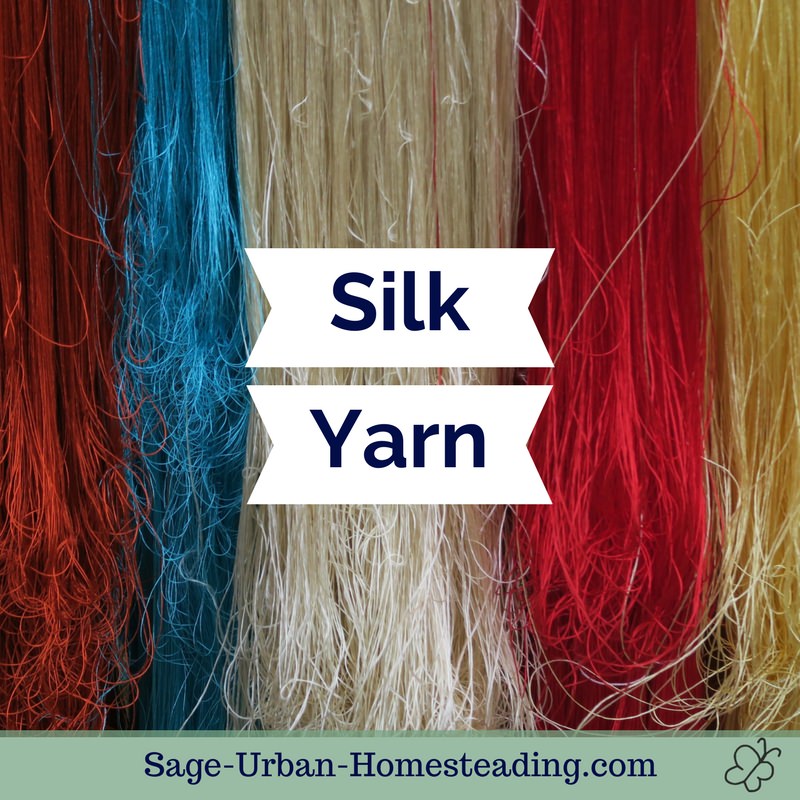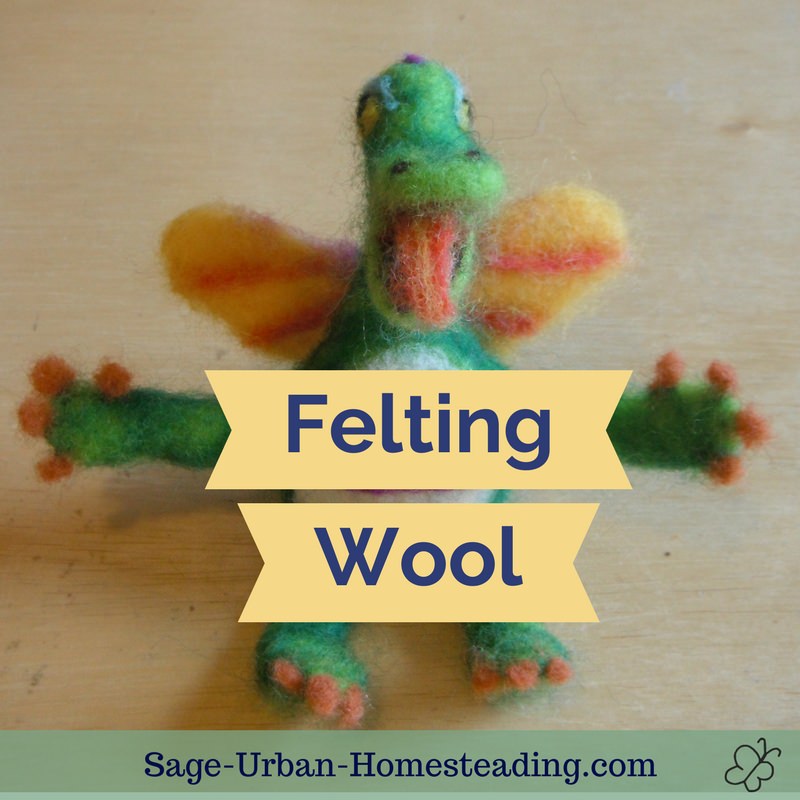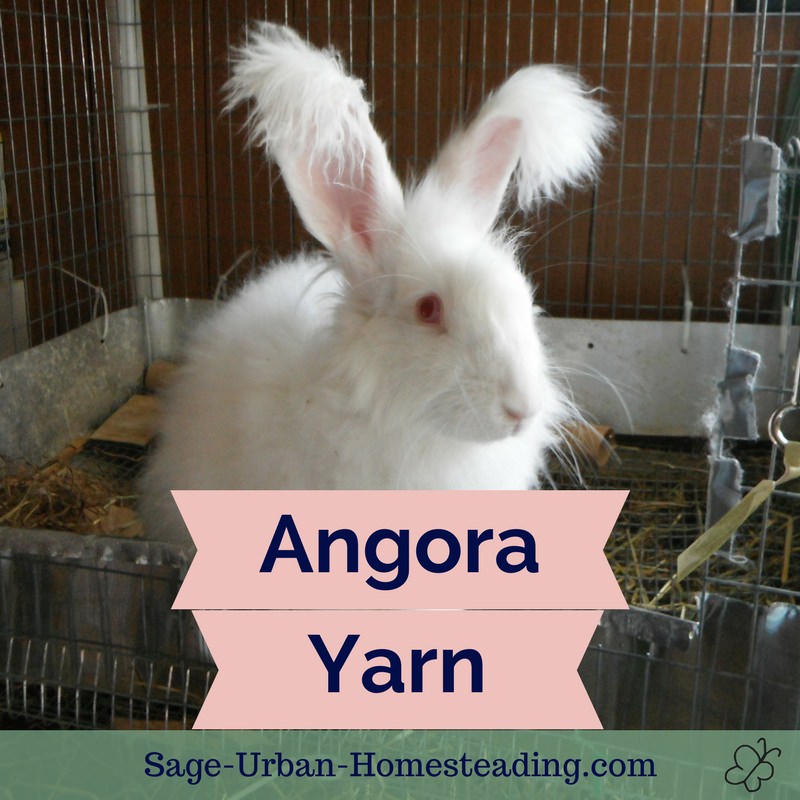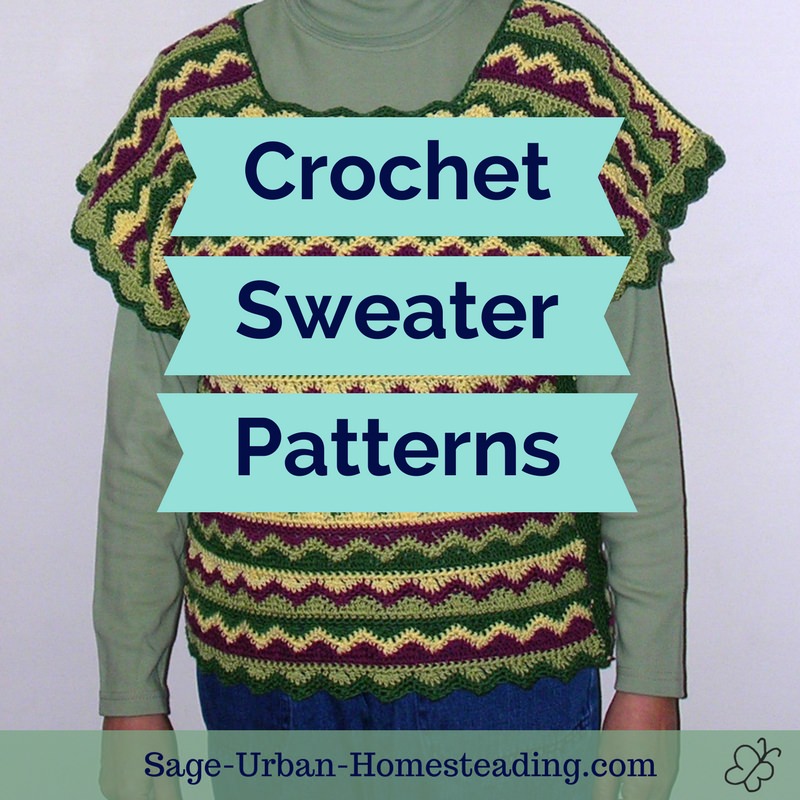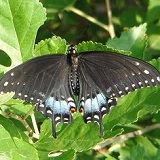FYI: I earn a small commission from some links and advertisements.
- Home
- Yarn
Yarn Weights and Fibers
I'm sure you've seen the labels for yarn weights, but do you understand what they mean?
The Craft Yarn Council of America developed a modern numbering system to describe yarn thickness. It sets a standard so that it's easier to switch between brands when you're adapting a pattern.
What Size Yarn Is This?
If you are using handspun yarn or a mystery scrap, you can figure out the appropriate size using the number of wraps per inch (wpi).
Wraps Per Inch
- Lace
- 18 or more wpi
- Fingering
- 16 wpi
- Sport
- 14 wpi
- Worsted
- 12 wpi
- Bulky
- 10 wpi
- Super bulky
- 8 or fewer wpi
To determine the wpi of a yarn, wrap it around a ruler with the strands side by side. Count how many wraps it takes to fill an inch.
There are many different types of fibers used for making yarn, too. You should consider the properties you want when deciding what to use for a project.
Alpaca Yarn
Learn about the different types of super warm alpaca fiber that is spun
into alpaca yarn and how to care for items made from it.
Angora Yarn from Rabbits
The fiber produced by angora rabbits can be used to make a soft,
luxurious angora yarn. It can be used to make warm angora sweaters and
other accessories.
Bamboo Yarn
The process used to turn bamboo fiber into bamboo yarn may not be as environmentally friendly and sustainable as you hope.
Cashmere Yarn from Goats
Learn how to care for items made from cashmere yarn and the interesting history of cashmere goats.
Cotton Yarn
While it is great for crocheting, knitting, and weaving, cotton yarn
carries a dark history. A lot of blood has been shed for cotton fiber
and continues to be shed.
Flax Yarn and Linen Fiber
If you want to make something that becomes better with age, try using flax yarn. Linen yarn has connections to Ancient Egypt.
Hemp Yarn
Learn about the history of hemp yarn and the many uses for hemp fiber. Rope is not dope!
Mohair Yarn from Angora Goats
Learn about the special characteristics of mohair yarn which comes from the mohair fiber produced by Angora goats.
Ramie Yarn from a Plant
There are some unique properties to ramie yarn. It also has a very interesting history.
Silk Yarn from Silkworms
Learn how to care for silk yarn items and the history of silk.
Silkworms have been providing us with luxurious silk fiber for thousands
of years.
Sock Yarn Advice
Decide on the best fiber blend for your sock yarn and learn how to choose the right yarn colors.
Soy Fiber for Spinning
As one of the modern types of fiber that is heavily processed, soy
fiber is anything but green. If you use it for spinning soy yarn, please
be mindful of those with a soy allergy.
Wool Fiber
Learn about the unique properties of sheep wool fiber and how to process it from a raw fleece into yarn.
Felting Wool
Try felting wool at home in your washing machine! Learn about traditional waulking for fulling wool or try needle felting.
Wool Allergy
A wool allergy can be caused by the wool fiber itself, or it may be a
chemical allergy to the cleansers and dyes used to process the wool
yarn.
Soy Allergy
Read about my soy allergy and how it affects my use of soy fiber for spinning and using soy yarns.
Make the best choice you can given the facts, and give it a try!
Crochet Thread and Lace Yarn Weights
Crochet thread is sometimes called lace yarn. It is used for delicate projects such as doilies, shawls, and wraps.

As a thread, it usually comes in cotton. Size 10 is the most common and called bedspread weight. There are also size 5, which is a little thicker, and size 3, which is much thicker. To go smaller, you can use the fine size 20 or the extra fine size 30.
In the standard yarn weights system, laceweight yarn may be labeled with a zero, or it will be labeled as 10 count crochet thread.
Suggested Uses for Size 0
Lace yarn is thin but often knitted or crocheted on large needles to give an open, lacy appearance for shawls and wraps. I have used it to crochet doilies and coasters.
Recommended knitting needle size: 000 to 1 (1.5 to 2.25 mm)
Recommended crochet hook size: 6, 7, 8, B-1 (steel 1.6 to 1.4 mm)
Fingering Yarn
Super fine yarn is called fingering yarn or sock yarn. You can find it available in some interesting dye colors that automatically create stripes. These are fun to use!

I also like the fact that fingering weight is so thin. You can make things to wear in the summer and warm weather knowing they won't be too hot. It's used for socks, gloves, and baby clothes.
Look for a yarn weights label with 1 for super fine.
Suggested Uses for Size 1
This type of yarn is good for socks, gloves, and baby clothes. It requires a little more skill to use since it is a smaller thickness and requires smaller needles and hooks.
Recommended knitting needle size: 1 to 3 (2.25 to 3.25 mm)
Recommended crochet hook size: B-1 to E-4 (2.25 to 3.5 mm)
Baby Yarn and Sport Weight Yarn
Fine yarn is also known as baby yarn or sport weight yarn. It's lightweight and easy to move around in. It's used for lightweight sweaters and vests, perfect for layering.

The official yarn weights number is 2.
Suggested Uses for Size 2
Some of my crochet sweaters and vests are made from this yarn. It's perfect for layering if you do not want to wear something too hot and bulky. That's also why it's commonly used in knit and crochet patterns for baby clothes.
I'm not sure where the term sport yarn came from. Perhaps people wanted lighter hats, gloves, and sweaters to wear while playing sports?
Recommended knitting needle size: 3 to 5 (3.25 to 3.75 mm)
Recommended crochet hook size: E-4 to 7 (3.5 to 4.5 mm)
DK Yarn or Double Knitting Yarn
Double knitting yarn or DK yarn is sometimes called baby yarn since it's used in a lot of crochet baby patterns. It's what I used for the baby crochet cardigan I made.

It can be used for a wide range of projects and is comfortable to wear.
Find a yarn labeled with yarn weights number 3 for light yarn.
Worsted Yarn
The term worsted as used with worsted yarn weight is not to be confused with the worsted spinning technique, which refers to a way of spinning fiber.

Here it refers to a certain thickness or yarn size that is commonly used for afghans and a variety of crochet and knitting projects.
Look for yarn weights number 4 if you want worsted weight. Sometimes it is also called aran yarn.
Bulky Yarn
Bulky yarn is chunky. It's good to use for making a thick warm scarf.

I used bulky yarn in a crochet jacket that's suitable for cold weather. It's thick and warm. It was an acrylic yarn, so I needed the thickness, but it sometimes feels awkward to move around and wear. Now that I know more, I wish I'd used a finer weight and a different fiber like alpaca.
The yarn weights number for bulky is 5.
Super Bulky Yarn
I've had fun using super bulky yarn as weaving warp. It adds interesting textures wherever you use it.

Super bulky yarn is the thickest. It's great to use in rugs whether you're weaving, crocheting, or knitting.
The official yarn weights number is 6.
